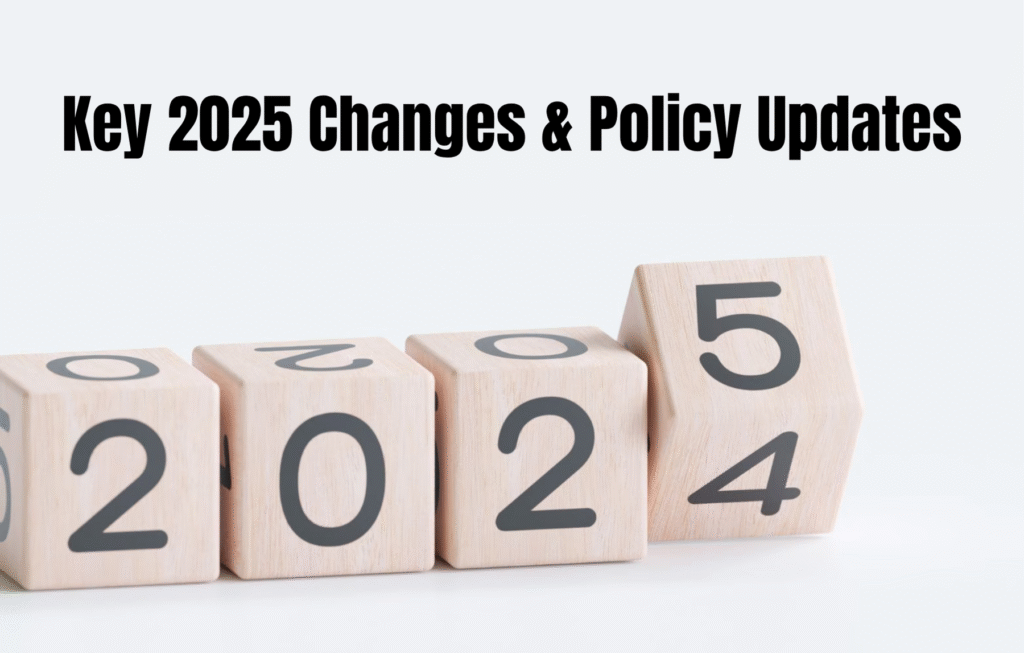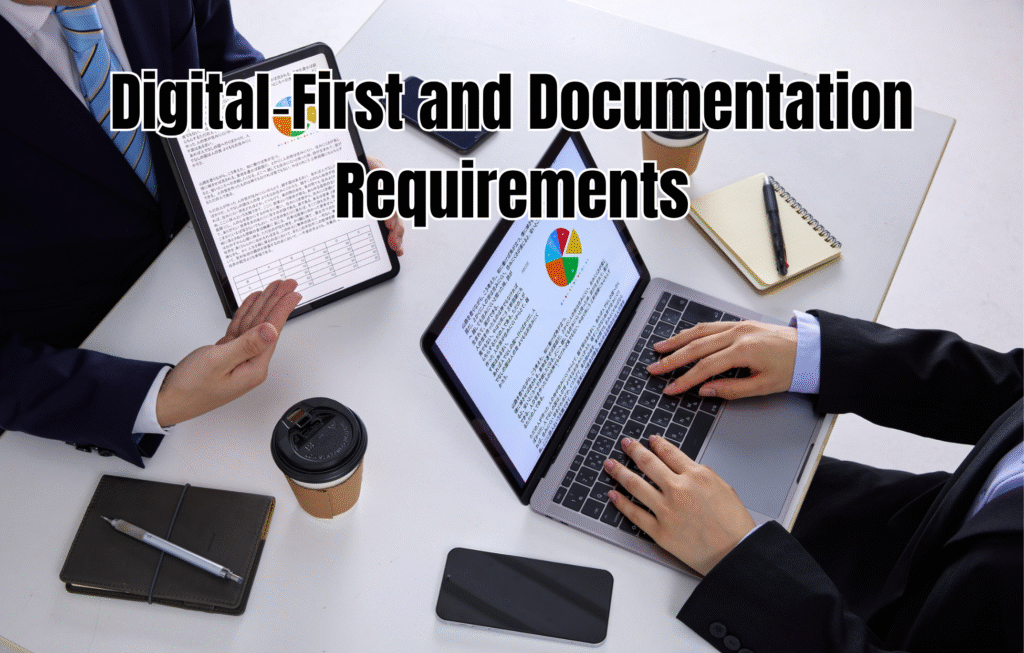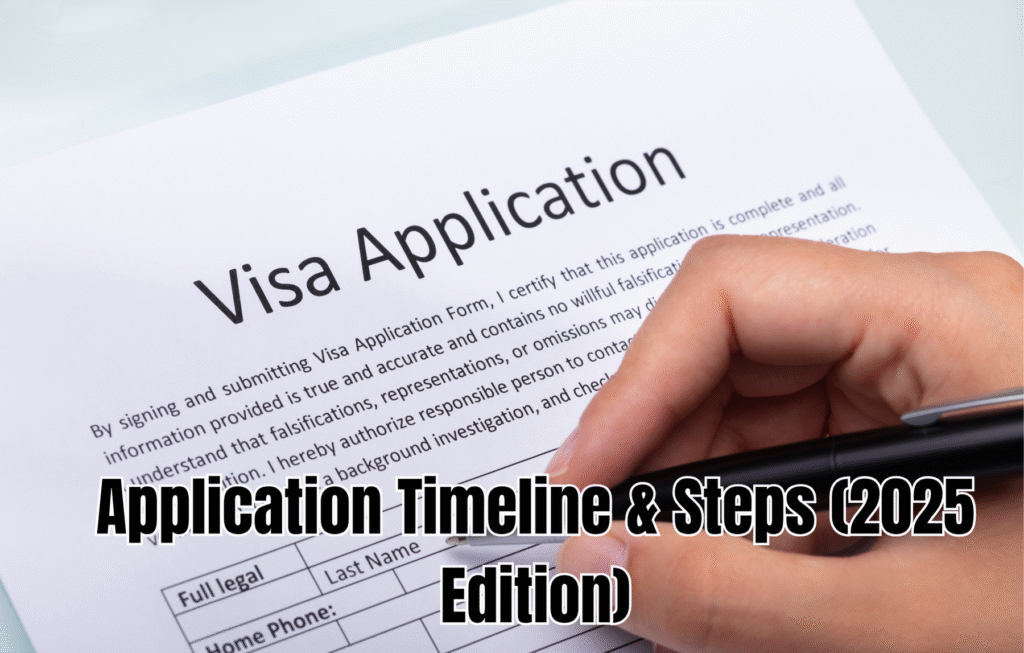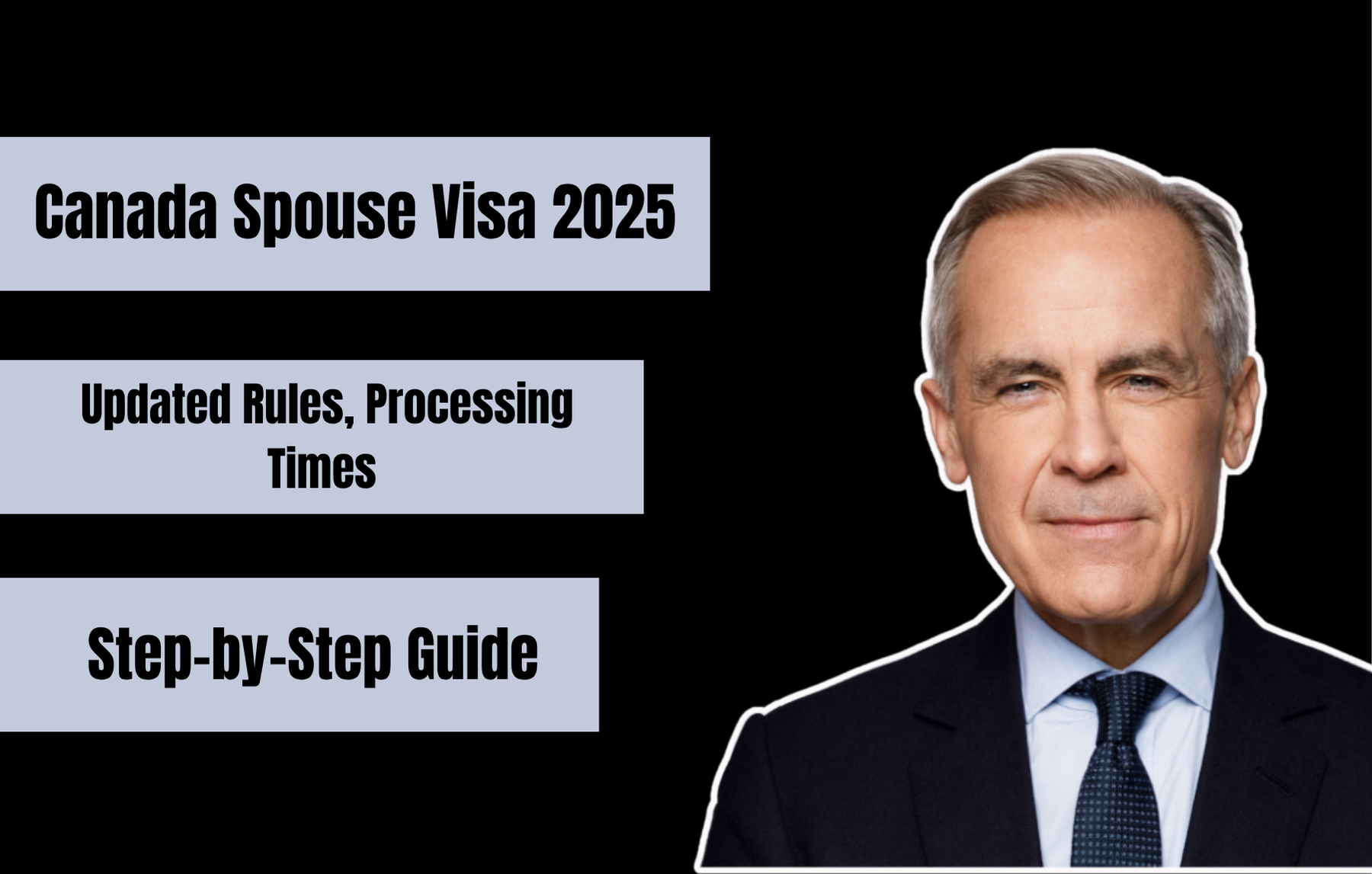Overview: Spouse Visa / Spousal Sponsorship in Canada
In Canada, “spouse visa” usually refers to the spousal sponsorship program, where a Canadian citizen or permanent resident sponsors their spouse or common‑law partner to become a permanent resident (PR). Often, sponsorship is paired with a Open Work Permit (OWP or SOWP – Spousal Open Work Permit) so the sponsored spouse can work while their PR application is processing (especially in inland applications).
Spousal sponsorship has two main streams:
- Inland sponsorship (the spouse is already in Canada)
- Outland sponsorship (the spouse is outside Canada)
Each has slightly different rules, and in 2025 there are significant updates especially concerning open work permits, processing technology, and stricter criteria.
Key 2025 Changes & Policy Updates

Here are the major changes for 2025 that affect spouse visa / spousal sponsorship:
1. Stricter Open Work Permit (SOWP) Eligibility (Effective January 21, 2025)
Canada has narrowed who qualifies for a spousal open work permit. Under the new rules:
- For spouses of international students: The student must be enrolled in:
- A doctoral program, or
- A master’s program lasting at least 16 months, or
- Certain eligible professional programs.
Spouses of students in shorter programs (e.g. one‑year master’s, undergraduate, diploma) generally will not qualify.
- For spouses of foreign workers: The worker must hold a permit in a TEER 0 or TEER 1 occupation, or select TEER 2 or 3 occupations in priority sectors (natural resources, healthcare, education, etc.). The worker must also have at least 16 months remaining on their work permit when their spouse applies.
- Dependent children of foreign workers no longer qualify for an open work permit under this spousal scheme.
- Permits already issued before Jan 21, 2025 remain valid until expiry.
These changes are meant to reduce the number of temporary residents and align work permit eligibility more tightly with labor market priorities.
2. Automation & Analytics to Speed Overseas Processing
To accelerate processing of outbound (outland) spousal sponsorship files, IRCC is deploying advanced analytics and automated tools:
- IRCC has introduced two new automated tools: one to assess the sponsorship portion, and another to assess the principal applicant portion.
- These tools help flag straightforward cases for faster approval; more complex files will still go to manual review.
The goal is to reduce backlog, improve consistency, and speed up family reunification.
3. Changes in Processing Times & Backlogs
- As of mid‑2025, IRCC’s published processing times show spousal sponsorship (outside Canada, non‑Quebec) taking about 13 months, and inside‑Canada applications longer (36–40 months) for non‑Quebec areas.
- However, some sources (immigration practices) suggest inland (inside Canada) cases may still be processed in ~12–15 months if the application is clean and well documented.
- Also, earlier in 2025, it was noted that processing for inland applications had increased in many cases, partly due to resource reallocation.
In summary: expect outland sponsorship to be faster, while inland sponsorship may face delays under the new rules and heavier caseloads.
4. Quebec’s Freeze on Spousal Sponsorship
In mid‑2025, Quebec suspended accepting new spousal sponsorship undertakings until June 2026. Applications received after their quota cutoff may be returned.
This hiatus affects people planning to sponsor or be sponsored while residing in Quebec, so applicants should carefully check the provincial rules before applying.
5. Digital‑First and Documentation Requirements

Some immigration commentary and draft reports suggest:
- A push toward digital applications only, with paper applications discouraged or phased out.
- Use of AI and automated screening tools to flag incomplete or fraudulent submissions.
- Stronger evidence required to prove a “genuine relationship” (joint finances, communications, shared history) as immigration integrity is emphasized.
While not all of these are confirmed in official IRCC policy yet, they reflect the direction many in the immigration legal community expect Canada to move.
Eligibility: Who Can Be Sponsored / Qualify
To succeed in a spouse visa / spousal sponsorship application in 2025, both the sponsor and the sponsored person must meet criteria. Key eligibility conditions include:
Sponsor Requirements
- The sponsor must be a Canadian citizen or a permanent resident (living in Canada, not in prison, not in default of past sponsorship undertakings).
- Must not be receiving social assistance (unless due to disability).
- Must have adequate financial stability to support the spouse (living expenses, etc.). Some newer commentary suggests increased scrutiny on the sponsor’s financials.
- For Quebec residents, additional provincial requirements may apply (but Quebec is on a temporary pause).
Sponsored Person / Applicant Requirements
- Must be the legal spouse or common-law / conjugal partner, with proof of the relationship (marriage certificate, shared finances, communications).
- Must satisfy health, criminal and security admissibility tests.
- Must intend to live in Canada after approval (unless in Quebec, then they must intend to live in that province).
- Must provide required identity, biometrics, and background documents.
Open Work Permit (SOWP) Eligibility (New 2025 Rule)
If applying inland and seeking an open work permit:
- Must qualify under the stricter categories (spouse of eligible student or eligible foreign worker) under the new 2025 rules.
- Must be inside Canada and maintain legal temporary status.
- The sponsoring work permit or study permit must meet the “remaining validity” requirement (e.g. 16+ months left).
If the applicant does not qualify for SOWP, they may have to await PR decision without the right to work (or find alternate permits).
Application Timeline & Steps (2025 Edition)

Here is a step-by-step overview of how to apply in 2025, including new considerations.
Step 1: Determine Stream — Inland or Outland
- Outland: if the spouse is outside Canada, you apply through your local visa office / IRCC abroad.
- Inland: spouse is already in Canada (on a valid status). You apply from inside Canada. Inland is more convenient (you can combine with SOWP, travel, etc.), but can be slower under backlog pressures.
Step 2: Gather Documents / Proof of Relationship
- Marriage certificate or documents proving common-law / conjugal status.
- Joint financial documents: bank statements, lease, shared utilities, etc.
- Communication history: messages, travel together, photographs.
- Identity documents, passports, birth certificates.
- Police certificates, medical exams, biometrics when requested.
Step 3: Submit Sponsorship + PR Application
- Fill out the required IRCC forms (sponsor forms, principal applicant forms).
- Pay fees (application fees, biometrics, etc.).
- For inland, include the open work permit application (if eligible).
- Submit the application online (preferred) or as directed by IRCC or visa office.
Step 4: Acknowledgment of Receipt (AOR)
- After submission, IRCC sends an AOR confirming receipt.
- For inland applicants, this is also when you may become eligible to apply for open work permit (if the new rules permit).
Step 5: Biometrics, Medical, Security / Police Checks
- IRCC will request biometrics (fingerprints, photos) if not already on file.
- Medical exams required for admissibility.
- Police/security screening to ensure no criminal issues.
Step 6: Eligibility Reviews & Sponsor Assessment
- IRCC reviews whether the sponsor meets financial, legal, and other requirements.
- The sponsorship portion and applicant portion are assessed (automated tools may fast‑track straightforward files).
Step 7: Decision & Issuance of eCOPR / Confirmation / PR Card
- If approved, the applicant receives an eCOPR (Confirmation of Permanent Residence) or equivalent invitation to finalize PR status.
- PR Card is issued, and the person becomes a permanent resident.
Step 8: If Inland, Travel / Exit / Re-entry Considerations
- Inland applicants who leave Canada may risk their application being considered “abandoned” unless certain conditions are met.
- Ensure you maintain legal status inside Canada until PR is granted.
Estimated timelines in 2025 (based on current processing trends):
| Stream | Estimated Processing Time* |
|---|---|
| Outland (non‑Quebec) | Around 10–13 months (if streamlined) |
| Inland (non‑Quebec) | 12–15 months in favorable cases; IRCC stats show 36–40 months in many areas |
* These are estimates and subject to case complexity, country of origin, IRCC office, and completeness of application.
Tips & Pitfalls to Watch Out For in 2025
- Check SOWP eligibility early: If your spouse or partner is in a shorter program or in a non‑priority occupation, you may lose the ability to get a work permit after Jan 2025.
- File clean, complete applications: Errors or missing docs are a major cause of delays.
- Keep proof of relationship strong: Scrutiny is increasing around fraudulent marriages.
- Avoid travel until status is stable: Inland applicants in particular risk issues crossing borders.
- Monitor Quebec’s rules if sponsoring to Quebec — new suspension may block your application until June 2026.
- Watch IRCC processing updates: With analytics rollout, some applications may be flagged for faster decision.
- Use digital application portals (where available) — paper submissions are being phased out.
- Maintain legal status in Canada during processing — avoid letting your permit lapse.
- If issues arise (withdrawals, separation), use web forms early to cancel or adjust your sponsorship submissions.
FAQs
Q1: What is the difference between inland and outland spousal sponsorship?
A1: Inland applies if the spouse is in Canada, allowing an open work permit but usually slower processing. Outland is for spouses outside Canada, often faster but no open work permit.
Q2: What are the new Open Work Permit eligibility rules in 2025?
A2: Spouses of students must be in doctoral or long master’s programs; spouses of workers must be in specific TEER 0-3 jobs with 16+ months left on the worker’s permit.
Q3: How long does spousal sponsorship processing take in 2025?
A3: Outland applications take about 10-13 months; inland sponsorship can range from 12-15 months for smooth cases to 36-40 months in backlog areas.
